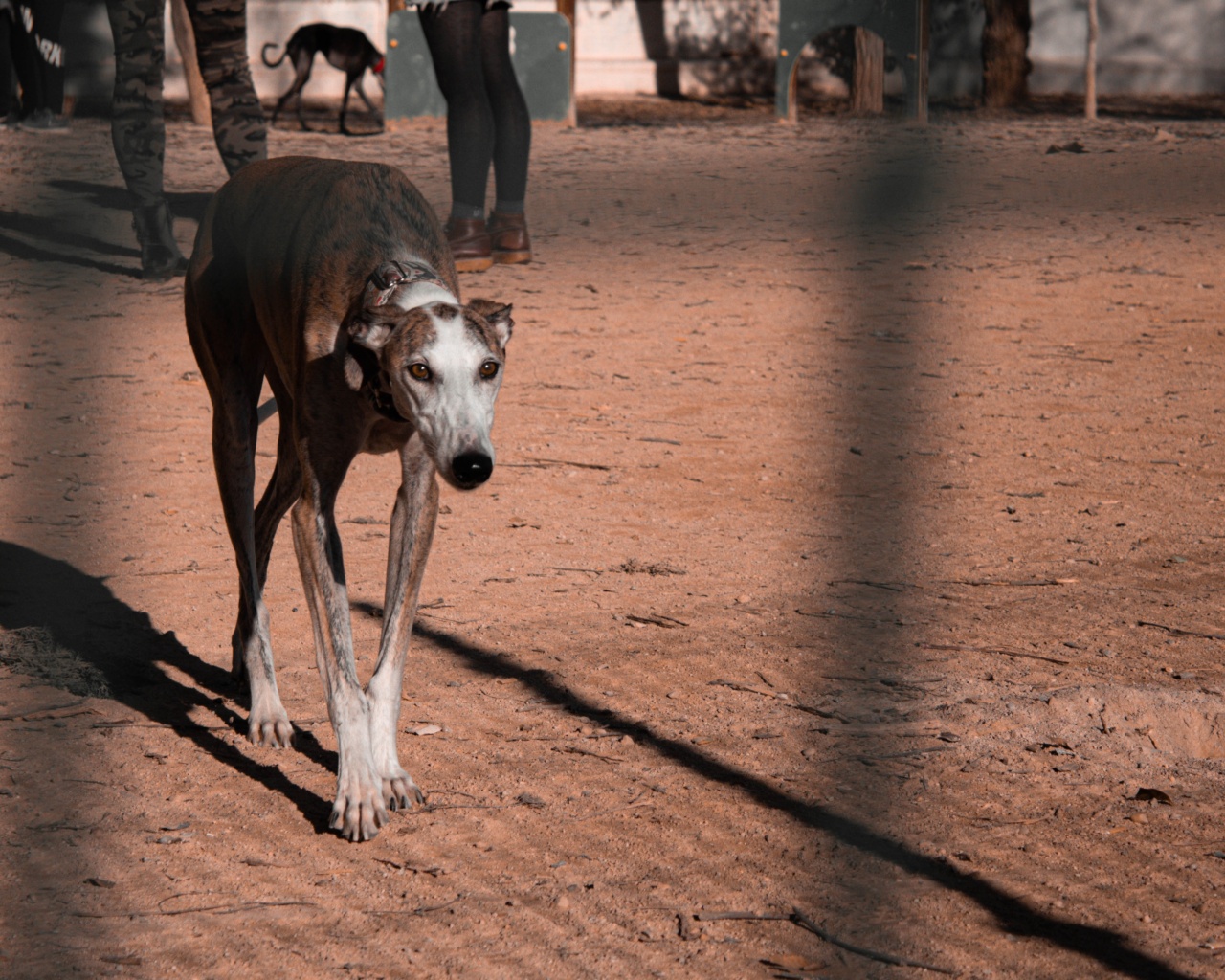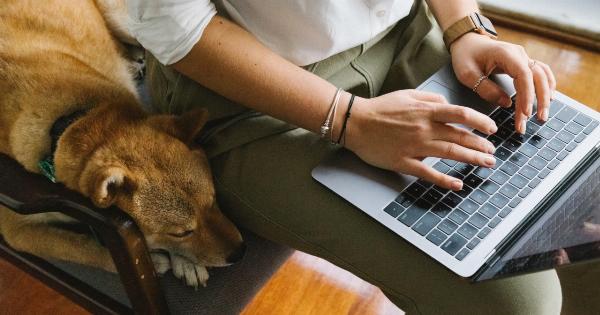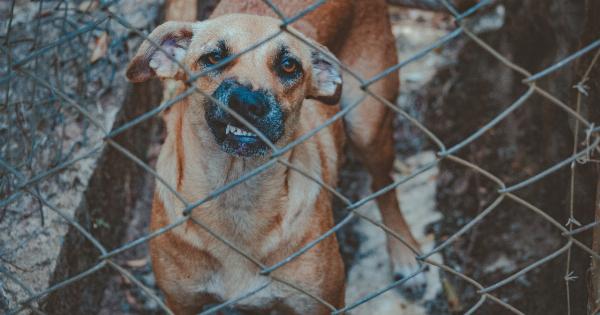Training your dog to behave in public places is essential for a harmonious and enjoyable experience for both you and your furry friend.
Whether you want to take your dog to the park, on a walk in the neighborhood, or to a pet-friendly cafe, proper behavioral training is necessary. This article will guide you through the steps of training your dog to behave well in public places, making your outings stress-free and enjoyable.
Understanding Basic Commands
The foundation of teaching your dog to behave in public places lies in understanding and practicing basic commands.
These commands will not only help you maintain control over your dog’s behavior but will also ensure their safety and the safety of others. The following commands are crucial when training your dog:.
Sit
Teaching your dog to sit on command is an essential skill that will come in handy in various situations. Begin by holding a treat close to your dog’s nose, then slowly move it upwards.
As your dog’s head follows the treat, their bottom will naturally lower into a sitting position. Once they are sitting, say the command “sit” and reward them with the treat and praise. Repeat this process several times until they associate the word “sit” with the action.
Stay
The “stay” command is crucial for maintaining control over your dog’s behavior in public places.
Start with your dog in a sitting position, then open your palm in front of their face and firmly say, “stay.” Take a step back and return immediately to your dog’s side, rewarding them with praise and a treat if they remained in place. Gradually increase the distance and duration of the “stay” command, always rewarding your dog for successful obedience.
Come
The “come” command is vital for ensuring your dog’s safety and preventing them from wandering off in public places. Start by attaching a long leash to your dog’s collar.
While holding the leash, take a few steps back, getting your dog’s attention, and then say their name followed by the command “come.” Gently tug on the leash to guide them toward you, rewarding and praising them when they reach your side. Repeat this exercise, gradually increasing the distance between you and your dog.
Leash Training
Proper leash training is crucial for having a well-behaved dog in public places. No one wants to deal with a dog that continuously pulls or lunges, making walks stressful and unpleasant. Follow these steps to leash train your dog:.
Choosing the Right Leash
Start by choosing the right leash for your dog. A sturdy leash made of nylon or leather with a length between 4 and 6 feet is recommended for most dogs. Avoid retractable leashes for training purposes, as they can encourage pulling and lack control.
Getting Your Dog Accustomed to the Leash
Introduce your dog to the leash by placing it on their collar for short durations inside your home or backyard. Let them walk around with the leash dragging behind them while under supervision.
This will help them become comfortable with the sensation of wearing a leash.
Teaching Loose Leash Walking
Once your dog is comfortable wearing the leash, hold it firmly but gently and stand still. If your dog pulls or lunges forward, give a quick tug on the leash, just enough to get their attention and make them stop.
When they do so, immediately praise and reward them. Repeat this process, gradually increasing the duration and distance of walking without pulling.
Ignore Pulling, Reward Good Behavior
Consistency is key when leash training. Never reward pulling or allow your dog to move forward while pulling on the leash. Instead, abruptly stop when your dog pulls, refusing to move until they come back to your side.
Once they do, reward them with praise and continue walking. By consistently rewarding good behavior and ignoring pulling, your dog will learn that only walking by your side leads to progress.
Socialization
Socializing your dog is crucial for developing good behaviors in public places. Exposing your dog to new people, animals, and environments helps them become comfortable and well-behaved in various situations. Here are some tips for socializing your dog:.
Gradual Exposure
Start socializing your dog in a controlled and calm environment. Invite friends or family members to visit your home and spend some time with your dog.
Once your dog is comfortable with familiar faces, gradually expose them to new people, ensuring positive experiences and rewards for good behavior.
Positive Reinforcement
When socializing your dog, it’s essential to reward good behavior. Whenever your dog interacts calmly and positively with people or other animals, provide treats, praise, and extra attention.
This positive reinforcement will reinforce their good behavior and make them associate social interactions with positive experiences.
Professional Training Classes
If you’re unsure about how to train your dog to behave in public places, consider enrolling them in professional training classes.
Trainers have extensive knowledge and experience in teaching dogs proper behaviors and can provide guidance specific to your dog’s needs. These classes often include socialization opportunities as well, allowing your dog to interact with others in a controlled environment.
Consistency and Patience
Training your dog to behave in public places requires consistency and patience. Dogs learn through repetition and positive reinforcement, so be prepared to spend time and effort in their training.
Always use positive reinforcement techniques, rewarding good behavior and showing patience during the learning process. With consistency and patience, your dog will learn to behave well in public, making your outings enjoyable for both of you.
Conclusion
Training your dog to behave in public places is an investment that ensures a lifetime of pleasant and stress-free outings.
By understanding and practicing basic commands, leash training, socializing, and seeking professional guidance if needed, you can have a well-behaved companion by your side wherever you go. Remember, consistency, patience, and positive reinforcement are the keys to a harmonious relationship with your dog in public settings.


























